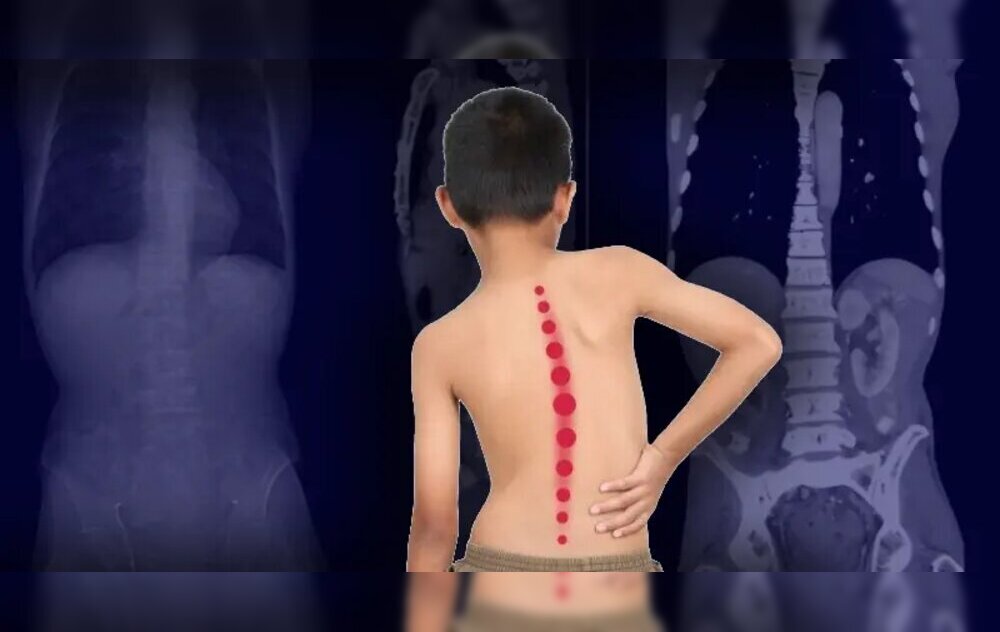
Scoliosis is a condition characterized by a sideways curvature of the spine that often develops during the rapid growth spurts of adolescence. This condition is most common in teens aged 10 to 15 and can progress without noticeable symptoms, making early detection vital. Common signs include uneven shoulders, prominent ribs on one side, and a visible spinal curve. Recognizing scoliosis in your teen early allows for effective management and better outcomes.
Scoliosis in your teen is a condition marked by a sideways curvature of the spine, often developing during rapid growth spurts in adolescence. It can cause uneven shoulders, prominent ribs, or a visible curve in the back. Early detection is crucial to managing scoliosis effectively and preventing progression. Regular screenings and expert care can ensure your teen maintains a healthy spine and overall well-being.
Stages of Scoliosis in Your Teen
Scoliosis progresses in stages based on the curvature of the spine:
- Mild Stage (10-20 Degrees): Often unnoticed, may require observation and regular monitoring.
- Moderate Stage (20-40 Degrees): Bracing may be recommended to prevent further curvature.
- Severe Stage (40+ Degrees): Surgery might be needed to correct and stabilize the spine.
- Advanced Stage (Beyond 50 Degrees): Can lead to complications with posture, pain, or respiratory issues.
Synapse Spine’s Precautionary Suggestions for Scoliosis in Your Teen
- Regular Screenings: Early detection is key. Routine spine checks during growth spurts are essential.
- Good Posture Habits: Encourage teens to maintain proper posture and avoid heavy backpacks.
- Physical Activity: Low-impact exercises like swimming and yoga can support spinal health.
- Expert Consultation: Seek professional advice if you notice any symptoms like uneven shoulders or hips.
How is Scoliosis Diagnosed?
- Scoliometer: A scoliometer is a tool used to measure the degree of spine curvature during a physical exam.
- X-Rays: To confirm the diagnosis and determine the severity of the curve, X-rays of the spine are taken. The Cobb angle, measured from the X-ray, helps assess the extent of the curvature.
Why Choose Synapse Spine for Scoliosis Care?
Synapse Spine provides advanced care for scoliosis with cutting-edge diagnostic tools and tailored treatment plans. From observation and bracing to minimally invasive surgeries, we ensure the best outcomes for your teen’s spinal health.
Location and Directions to Synapse Spine Address:
For Western Line Passengers: Take a local train to Vile Parle station, then a 5-minute cab or auto ride to the clinic.
For Central Line Passengers: Travel to Dadar, switch to the Western Line, and reach Vile Parle station. For Out-of-Mumbai Patients: Arrive in Mumbai via train or flight, proceed to Vile Parle station, and take a cab or auto to the clinic.
